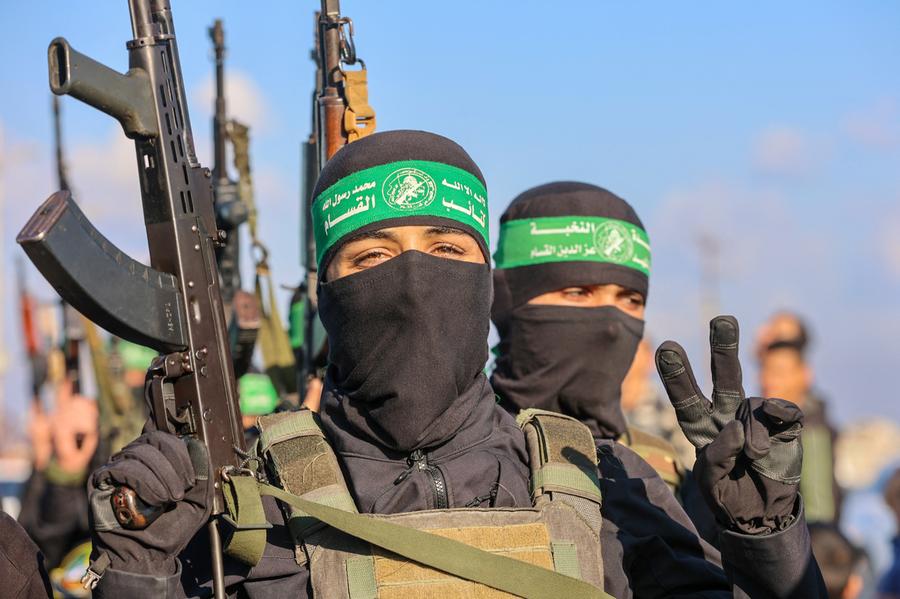This morning, Israel conducted airstrikes in Gaza following an attack by Hamas fighters on Israeli troops stationed in Rafah. An official spokesperson for the Israeli Defense Forces (IDF) indicated that Hamas had executed “multiple attacks against Israeli forces beyond the yellow line,” referring to the area in Gaza where Israel retreated after the ceasefire was established earlier this week.
In a statement, Hamas official Izzat al-Rishq asserted that the group “remains committed to the ceasefire agreement,” while accusing Israel of “violating the deal and fabricating pretexts to justify its crimes.” This assertion underscores the ongoing tensions and complexities surrounding the ceasefire, which was intended to halt hostilities and allow for humanitarian aid to reach affected areas.
The airstrikes occurred just hours after a warning from the United States, which stated it had “credible evidence” that Hamas was planning an attack on Gazan civilians. The U.S. government cautioned that should Hamas proceed with this attack, “measures will be taken to protect the people of Gaza and preserve the integrity of the ceasefire.”
U.S. President Donald Trump, earlier this week, emphasized the stakes involved, stating: “If Hamas continues to kill people in Gaza, which was not the deal, we will have no choice but to go in and kill them.” This statement reflects the heightened concern of the U.S. regarding Hamas’s actions and the potential ramifications for the fragile peace process.
The U.S. intelligence regarding the alleged imminent attack was communicated to the guarantors of the peace deal, which include Egypt, Qatar, and Turkey. These nations have joined the U.S. and Israel in urging Hamas to adhere to the agreed terms of the ceasefire.
As the situation unfolds, the international community continues to monitor developments closely. The recent escalation raises significant questions about the future of peace efforts in the region and the safety of civilians caught in the crossfire. The conflict, marked by cycles of violence and temporary ceasefires, presents a complex challenge for all parties involved, emphasizing the urgent need for a sustainable solution to the ongoing crisis in Gaza.
